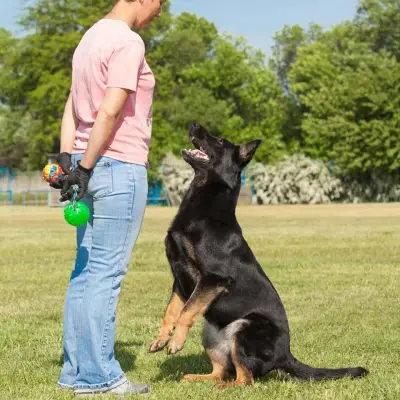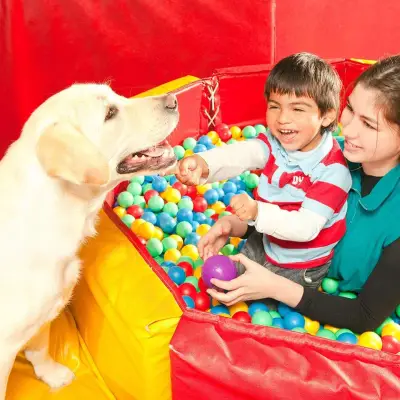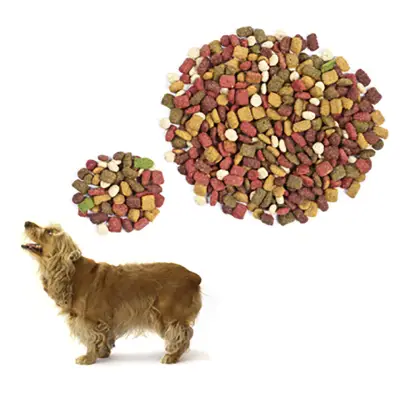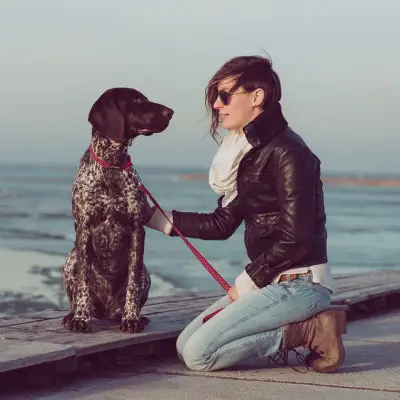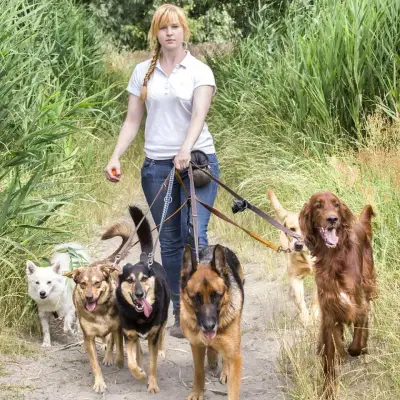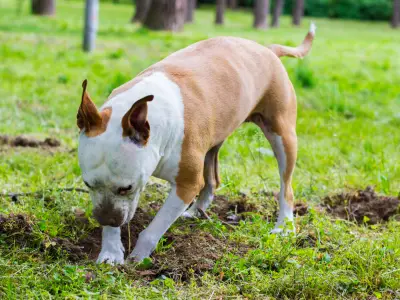Many dog owners love a good cuddle with their pet, but not everyone is thrilled to find fur-covered cushions, scratched-up upholstery, or drool marks on the family sofa. Whether you’ve recently bought a new couch, are dealing with allergies, or simply want to establish firmer boundaries, you're not alone in wondering how to keep dogs off the couch and bed.
Whatever your reason, it’s entirely possible to teach your dog where they’re allowed, and where they’re not, with patience, consistency and a few practical tools. This post will guide you through how to stop dogs jumping on sofas, and how to make your furniture less tempting altogether.
Jump to:
Recommended for you!
Best SellersWhy Dogs Love the Couch
Sofas are soft, warm, and smell like you, your dog’s favourite person. They often provide a great view of the room and are high enough to make your dog feel secure. Some dogs also jump up for attention or simply out of habit, especially if they’ve been allowed to do so in the past.
How to Keep Dogs off the Couch and Bed: A Step-by-Step Approach
Step 1: Decide the Rules and Stick to Them
Consistency is the key to success. If you allow your dog on the couch sometimes, say, when you're watching TV, but not when guests are over, they'll quickly become confused. Decide whether the furniture is off-limits at all times, and make sure everyone in the household agrees.
Mixed messages will only slow down your progress. Dogs thrive on clear, consistent boundaries.
Step 2: Create a Desirable Alternative
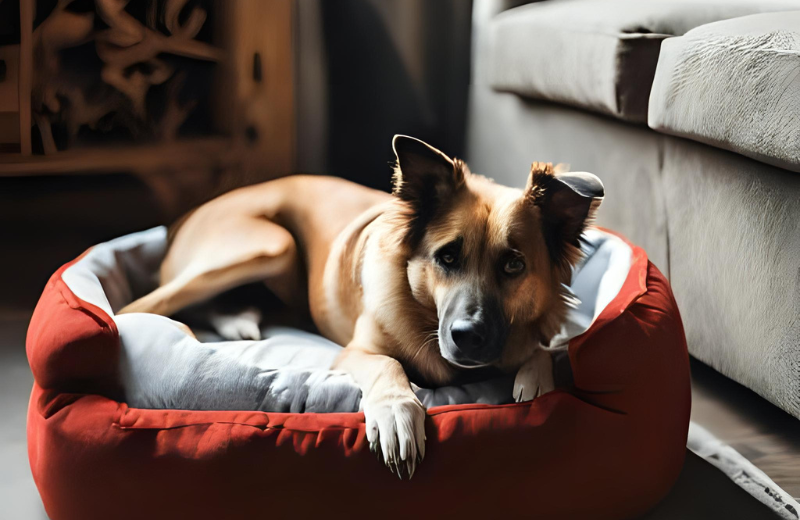
To stop dogs from getting on the sofa, give them a place that’s just as appealing. Set up a dog bed nearby, in the same room where you relax. Make it soft, warm, and inviting. Add a favourite blanket or an item of your clothing to make it smell comforting.
You can also encourage the use of this space by offering chews, puzzle toys, or a treat-stuffed Kong, making it a positive place to settle.
Step 3: Use the “Off” Command
Teaching a reliable “Off” cue is one of the simplest and kindest ways to manage this behaviour.
- Wait until your dog climbs on the sofa.
- Say “Off” in a calm, firm voice.
- Lure them down with a treat or use a hand gesture.
- As soon as all four paws are on the floor, reward with praise and a treat.
Practice this consistently, and your dog will begin to understand what’s expected. Over time, you can reduce treats and rely more on praise.
Step 4: Teach the “Place” Cue
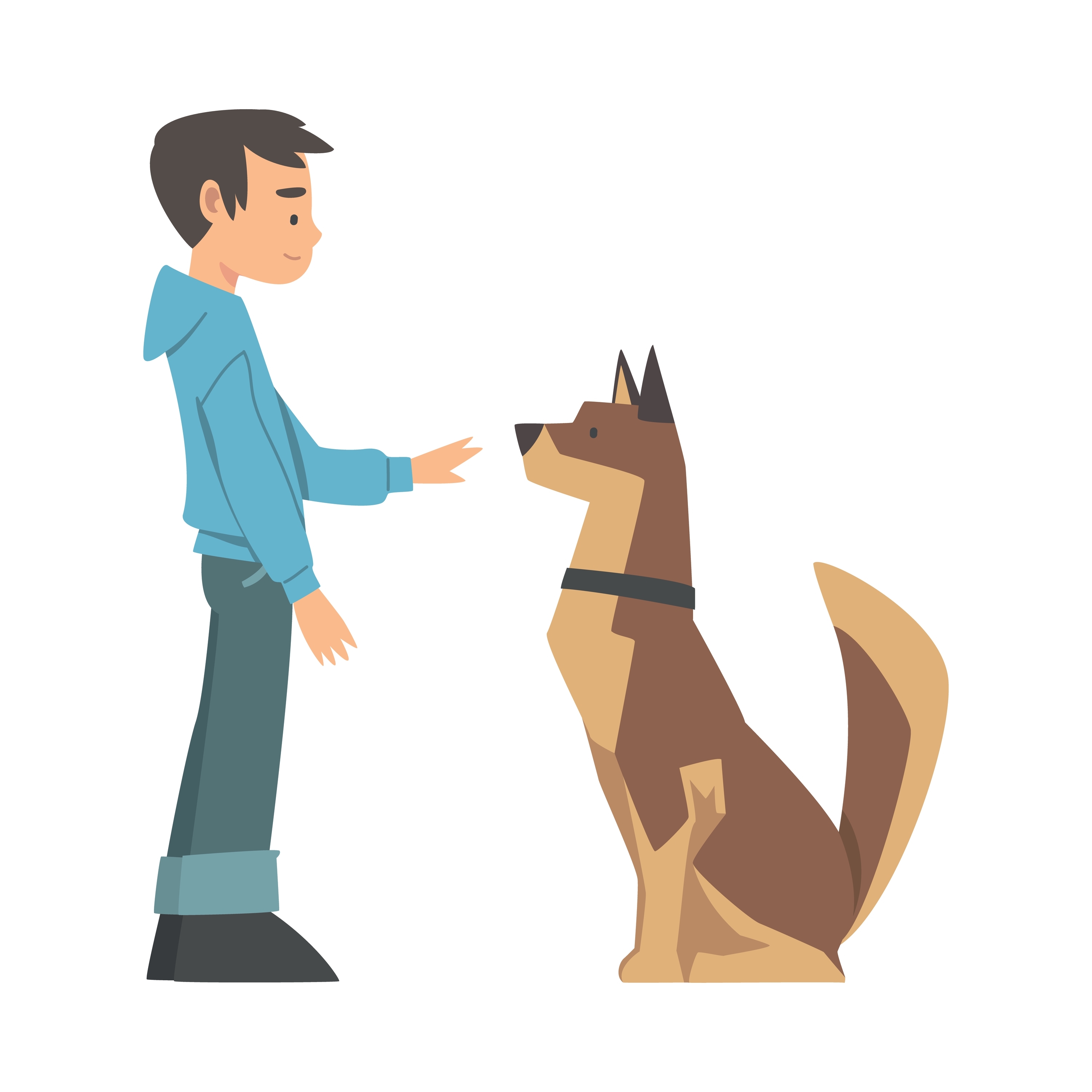
While “Off” tells your dog what not to do, “Place” gives them a clear alternative. It helps them understand where they should go instead of the couch or bed, which makes training more straightforward and less frustrating for both of you.
Start by choosing a specific bed or mat to act as your dog’s “place”. Say the word “Place” and gently guide them onto it. As soon as they lie down or settle, reward them with praise or a treat.
Over time, gradually extend how long they stay there before receiving a reward, building up their ability to relax independently. This cue is especially useful when visitors arrive, during mealtimes, or whenever you want your dog to settle calmly away from furniture.
Step 5: Prevent Access When You’re Not Home
If your dog is sneaking onto the couch while you’re out, you’ll need to limit their opportunity to practise the behaviour. Here are a few options:
- Use baby gates to block access to the room.
- Close doors to keep your dog out of bedrooms or living areas.
- Crate your dog if they’re comfortable and crate-trained.
- Create a secure space with toys, bedding, and water in a section of your home.
Step 6: Make the Couch Less Inviting

Dogs will avoid surfaces that don’t feel nice to lie on. You can use this to your advantage during training. Try placing:
- Aluminium foil (some dogs dislike the sound and feel)
- Plastic carpet runners with the nubby side up
- Crinkly plastic sheeting or rubber mats
- Lightweight dining chairs or laundry baskets on the cushions
These methods won’t hurt your dog, but make lounging on the couch inconvenient and unappealing.
Step 7: Use Scent and Spray Deterrents (if needed)
If your dog is especially persistent, scent-based deterrents may help. Some dogs dislike the smell of citrus, vinegar, and bitter apple. Lightly spraying cushions with these (test a hidden area first) can discourage interest. Just note that some dogs are less sensitive to scent, and this should be a backup strategy, not your only approach.
Step 8: Protect Your Furniture During Training
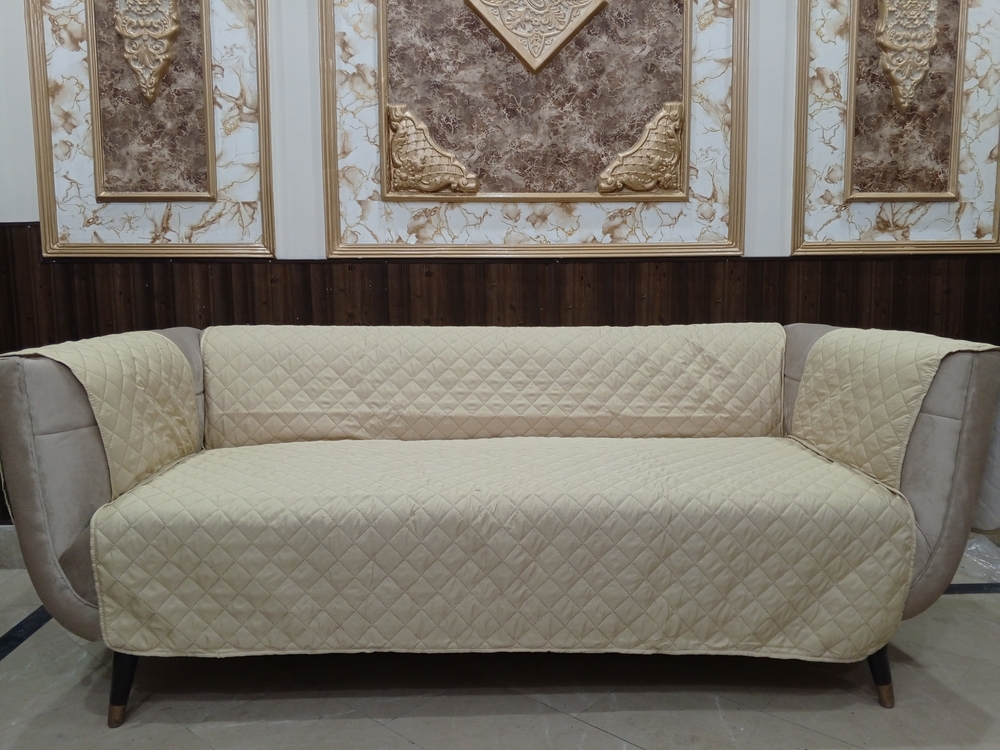
Training a dog takes time, and accidents may occur along the way. If your dog occasionally sneaks onto the sofa or bed during the learning process, it’s wise to protect your furniture in the meantime.
Using machine-washable throws can make it easier to keep cushions clean, while waterproof covers add an extra layer of defence against accidents or drool. Sofa protectors or fitted slipcovers are also helpful, particularly if your dog is still learning boundaries.
Choosing tightly woven or pet-friendly fabrics for your furniture can reduce the risk of snagging or permanent damage. It’s also worth grooming your dog regularly to minimise shedding and trimming their nails to prevent scratches, especially if you’re teaching them to stay off the bed at night. These small adjustments can help you maintain your home while staying consistent with your training.
Step 9: Don’t Punish—Redirect
Punishing your dog after they’ve jumped on the sofa rarely works. If you come home to find fur on the cushions, it’s too late; your dog won’t understand why you're upset. Instead of scolding, redirect.
Gently guide them off and use the “Place” cue. Then praise them once they settle elsewhere. This approach reinforces what you want them to do, rather than punishing what you don’t.
Step 10: Be Patient and Celebrate Progress

Dogs don’t change habits overnight. It may take weeks of reinforcement, especially if your dog has always been allowed on the furniture. Stay calm, be consistent, and celebrate each step forward.
Avoid harsh tools or gimmicks. You don’t need shock mats, air cans, or anything that might startle your dog into obedience. Positive training builds trust, not fear.
Summary: What Works Best
To stop dogs jumping on the couch or bed, focus on a few key steps:
- Be consistent with your rules
- Offer a better alternative
- Use clear commands like “Off” and “Place”
- Limit access when unsupervised
- Protect your furniture during training
- Never punish—redirect instead
With time, your dog will learn where they’re welcome, and where they’re not.
Recommended for you!
Best SellersFrequently Asked Questions
Can I let my dog on the furniture sometimes, but not always?
Dogs struggle with inconsistent rules, especially if there’s no clear signal for when it’s allowed. While some owners use a specific blanket to indicate permission, for most households, setting a consistent rule is simpler and more effective.
Is it okay to cuddle my dog on the floor instead?
Giving affection and closeness at ground level is a great way to bond while still keeping furniture boundaries in place. Sitting with your dog on the floor, or relaxing beside them on a designated bed, is a lovely alternative.
What if my dog only jumps on the sofa when they’re anxious?
Some dogs seek out furniture for comfort when they’re nervous. In these cases, it’s essential to create a secure space elsewhere, such as a covered crate or a quiet corner with their bed and familiar items. You might also want to explore calming aids or training techniques that address the root of their anxiety. If you suspect your dog has anxiety and want to learn how to support them, our Canine Anxiety Diploma Course (just £29) is a great place to begin.
Should I use a spray bottle or a loud noise to stop the behaviour?
These methods can cause fear without actually teaching your dog what to do instead. Training should focus on redirection and rewarding desired behaviour, which helps build a stronger, more trusting relationship.
What should I do if my dog growls when I try to move them off the sofa?
Growling suggests that your dog feels uncomfortable or possessive, so avoid confrontation. Use a treat to lure them away and reflect on how the boundary was introduced. It may be helpful to consult a qualified dog trainer or behaviourist, especially if this happens more than once.
Can I allow one dog on the furniture and not the other?
It’s possible, but it requires very clear boundaries and consistent training for each dog. If one is always allowed and the other isn’t, make sure there’s a visible distinction, such as a cue or specific blanket. Keep in mind that dogs often mimic each other, which can make mixed rules more difficult to enforce.
Is jumping on furniture a sign of dominance?
Dogs don’t jump on beds or sofas to assert dominance. They’re simply looking for comfort, warmth, or your scent. The idea of dominance-based behaviour in domestic dogs has been widely disproven and shouldn’t influence how you train or interact with your pet.
My dog knows the “Off” command but still jumps up—what now?
If your dog understands the command but continues the behaviour, it may be a motivation issue. The sofa might still seem more rewarding than the alternative. Revisit your training, reinforce the “Place” command, and make your dog’s designated space as inviting as possible with treats, toys, or familiar scents.
Study Our Dog Training Diploma for £29
If you're ready to deepen your understanding and become a confident, knowledgeable trainer, consider taking the Dog Training Diploma Course with Centre of Excellence. Whether you're a dog owner, aspiring trainer, or simply passionate about canine behaviour, this course offers comprehensive guidance suitable for all levels. And right now, you can enrol for just £29.



